In recent years, education has experienced a significant transformation thanks to the integration of technology into teaching and learning processes. The Covid-19 pandemic accelerated this transition, leading to schools and universities to adopt hybrid approaches that combine face-to-face classes with digital resources. This model not only addresses the immediate needs of educational continuity, but also opens doors to more flexible and personalized ways to learn.
Technology plays a crucial role in this evolution, allowing educators to adapt their methods and provide students with tools that enhance their development. In this article, we will explore what is hybrid education 2.0, its main characteristics and innovative models that are redefining the educational panorama.
What is hybrid education 2.0
Hybrid education 2.0 represents an evolution of traditional combined learning approaches. This model integrates face -to -face and online teaching, using advanced technology to create more significant and effective learning experiences.
Unlike online education, which depends exclusively on digital platforms, hybrid education 2.0 seeks to balance the advantages of both worlds. For example, it allows students to participate in face -to -face discussions while accessing digital content at any time and place. This encourages flexibility and adaptation to different learning styles.
Among its benefits are greater customization, the opportunity to develop digital skills and strengthening the autonomy of the student. In addition, it offers educators tools to monitor progress and adapt their methods based on the specific needs of each group.
Main characteristics of hybrid education 2.0
Hybrid education 2.0 is characterized by:
Learning customization
One of the pillars of this model is its ability to adapt to the individual needs and preferences of students. Thanks to technology, personalized learning routes can be created that take into account the rhythm and style of each student.
Effective use of technological tools
The incorporation of educational platforms, interactive software and cloud resources allows to enrich the educational experience. Tools such as Google Classroom, Microsoft Teams and augmented reality applications improve interaction and understanding.
Focus on 21st century skills
Hybrid education fosters key competences such as collaboration, critical thinking and digital literacy. These skills are essential to face the challenges of an increasingly technological world.
Flexibility and adaptability
This model allows institutions to adapt to different scenarios, either alternating between the face -to -face and online or integrating them simultaneously. This ensures educational continuity even in unforeseen situations.
Innovative models of hybrid education
Flipped Classroom model (inverted classroom)
The inverted classroom is an approach that invests the traditional order of learning. Students access materials such as videos or readings before the class, leaving the eye time to solve doubts, work on projects and carry out practical activities.
This model encourages autonomy and active learning, allowing students to prepare questions and participate more actively during face -to -face sessions. In addition, educators can spend more time guiding and supporting students.
Project -based learning (PBL) integrated with technology
Project -based learning (PBL) integrates the resolution of real problems with technological tools. Students work on projects that require research, collaboration and application of knowledge, using digital platforms to communicate and manage their progress.
This model not only improves conceptual understanding, but also develops practical and digital skills, preparing students for the work world.
Adaptive learning with artificial intelligence
Artificial intelligence (AI) allows large -scale customization through adaptive learning platforms. These tools analyze student progress and automatically adjust the content to address their specific needs.
Platforms such as Khan Academy and Smart Sparrow are outstanding examples of how AI can offer real -time feedback, identify areas for improvement and optimize the learning of each student.
Strategies to design an effective hybrid environment
Technological integration
Technological integration is essential for the success of a hybrid environment. This implies selecting appropriate platforms and tools that are aligned with educational objectives. In addition, it is crucial to train both teachers and students in the use of these technologies, ensuring their effective implementation.
Some recommended platforms include Teeech, Moodle, Google Classroom and Zoom, which facilitate class management and access to resources from anywhere.
Balance between the face -to -face and online
A successful hybrid environment requires a careful balance between face -to -face and virtual activities. This means identifying which activities are most effective in each modality. For example, group discussions can benefit from the face -to -face environment, while the theoretical content can occur online to facilitate autonomous learning.
This approach guarantees that both modalities are complemented, maximizing the educational impact.
Promotion of active participation
The active participation of students is key to hybrid learning. This can be achieved by designing collaborative activities, such as group projects, debates in forums and practical workshops. In addition, the use of tools such as Padlet and I look It can foster creativity and the exchange of ideas in real time.
Promoting an environment in which students feel comfortable sharing and participating is essential for the success of this model.
Common challenges and how to overcome them
Digital Gap
One of the main challenges of hybrid education is the digital gap. Not all students have access to devices or a stable Internet connection, which can generate learning inequalities.
To address this problem, institutions can implement device loan programs, negotiate accessible internet rates with local suppliers or enable free Wi-Fi access points in strategic areas.
Teacher training
The implementation of hybrid models requires that teachers are trained to integrate technology into their teaching. Without adequate training, educators can feel overwhelmed or use the available tools incorrectly.
It is essential to offer continuous professional development programs that include practical workshops, online resources and mentoring to ensure that teachers feel prepared and supported.
Evaluation in hybrid education
Evaluation in hybrid environments can be a challenge, since it requires to balance traditional methods with new digital tools. Design evaluations that reflect both online and face -to -face work is fundamental.
The use of clear rubrics, tools such as Google Forms or specialized platforms can help simplify the evaluation process and guarantee its effectiveness.
Long -term hybrid education 2.0
Preparation for a digital work world
Hybrid education equips students with essential technological and digital skills for the current work world. It allows them to familiarize themselves with tools and platforms that are used in various professional fields.
Development of soft and hard competitions
In addition to technical skills, this model encourages soft competitions such as communication, collaboration and critical thinking, which are key to personal and professional success.
Promotion of learning throughout life
The hybrid approach instills a continuous learning mentality, allowing students to adapt to technological changes and continue developing their skills throughout their lives.
Conclusion
Hybrid education 2.0 represents an innovative solution for current education challenges, combining the best of face -to -face and technology. This model not only allows greater flexibility, but also promotes the development of essential skills for the modern world.
As we move towards a more digitized future, it is crucial that educational institutions adopt effective and equitable hybrid strategies. In doing so, they can guarantee that students are prepared to face the challenges of the 21st century, while significant and accessible learning for all are encouraged.
Hybrid education is not only a temporary response to current circumstances, but an opportunity to transform the way we teach and learn, creating a lasting impact on future generations.
1. What is the difference between hybrid education and combined learning?
Hybrid education integrates face -to -face and balanced activities, while combined learning can include a more flexible proportion between both modalities. <<< Read more >>>
2. What are the best technological platforms for hybrid education?
Some outstanding platforms include Google Classroom, Moodle, Microsoft Teams and Zoom, which offer tools for educational management and online communication. <<< Read more >>>
3. How can schools reduce the digital gap in hybrid environments?
Implementing device loan programs, enabling Wi-Fi access points and offering technological training to students and families. <<< Read more >>>
4. What tools help implement gamification in hybrid education?
Tools such as Kahoot, Classcraft and Ptaizz are excellent for incorporating gamification elements in learning. <<< Read more >>>
5. What are the key success indicators in a hybrid model?
They include the active participation of the students, the improvement in the learning results and the satisfaction of both teachers and students with the model. <<< Read more >>>
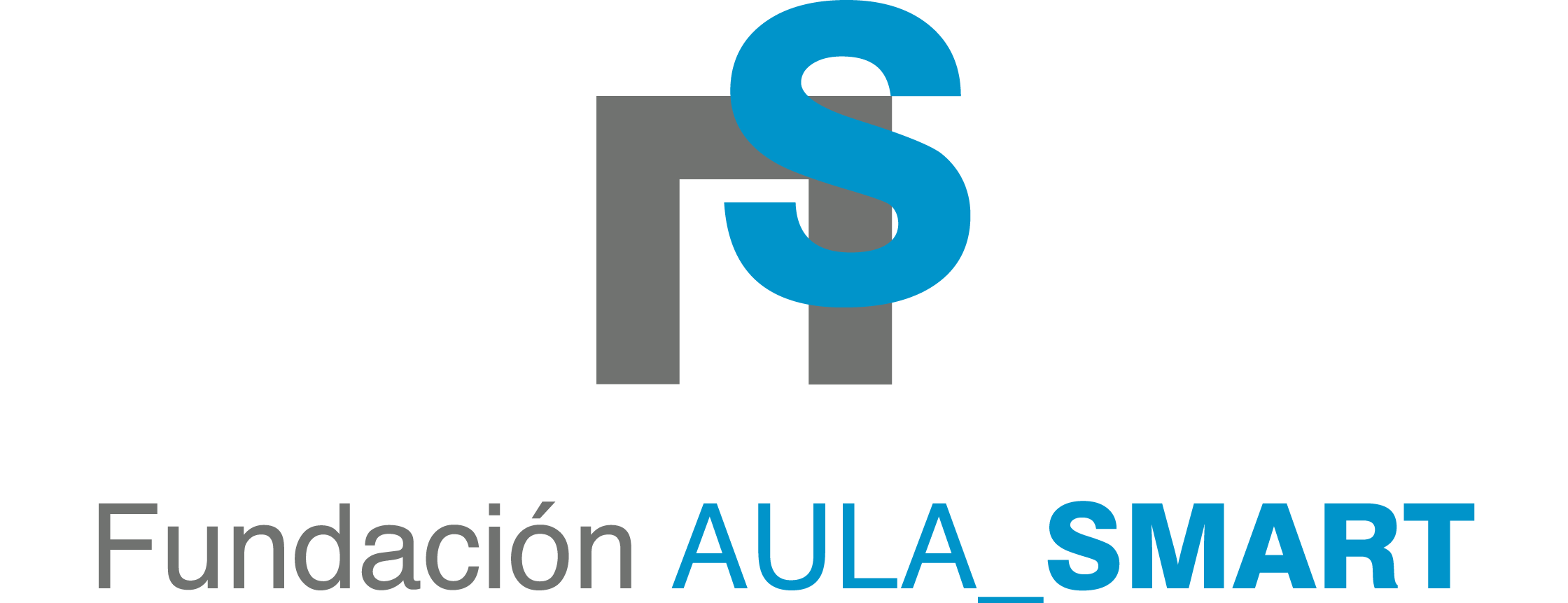


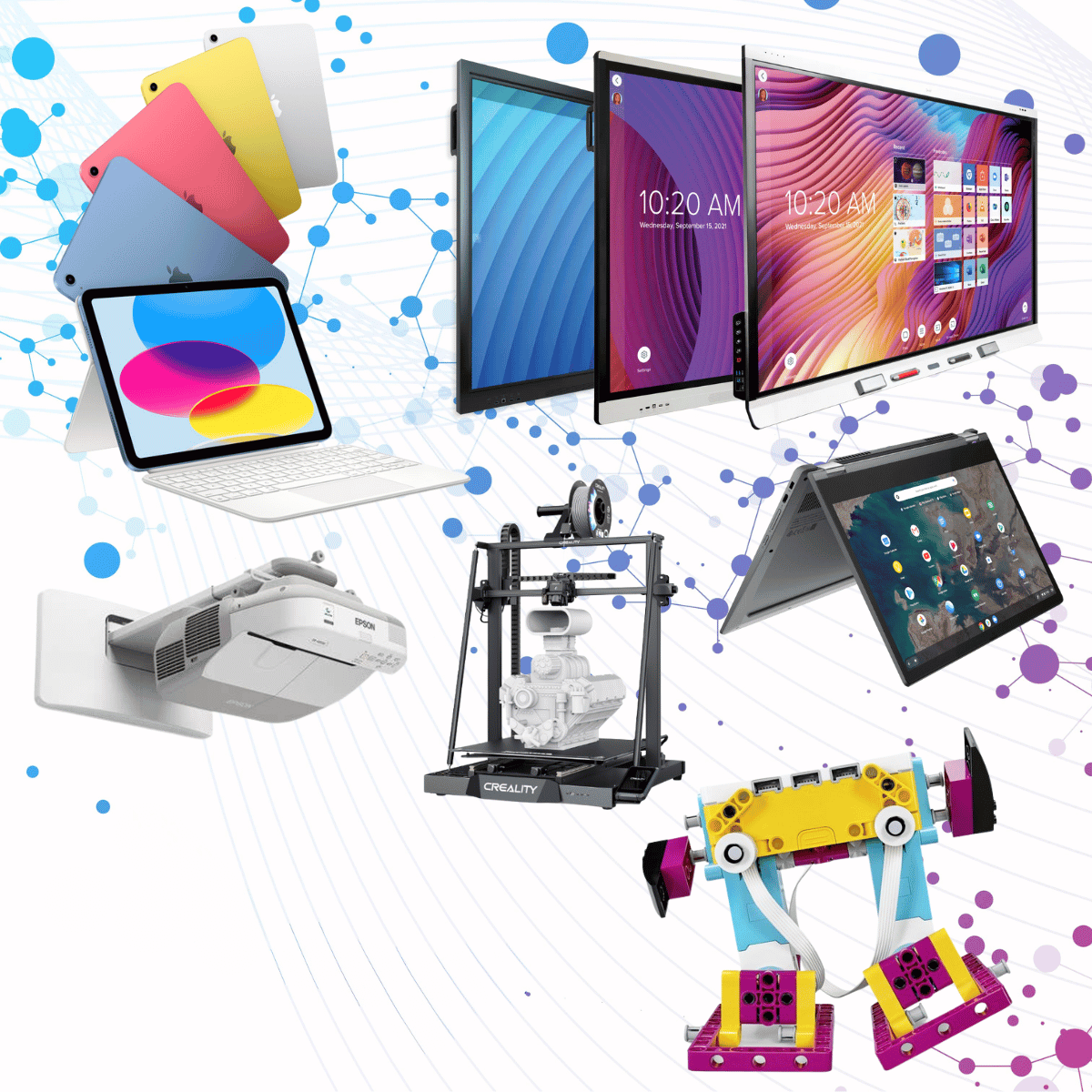


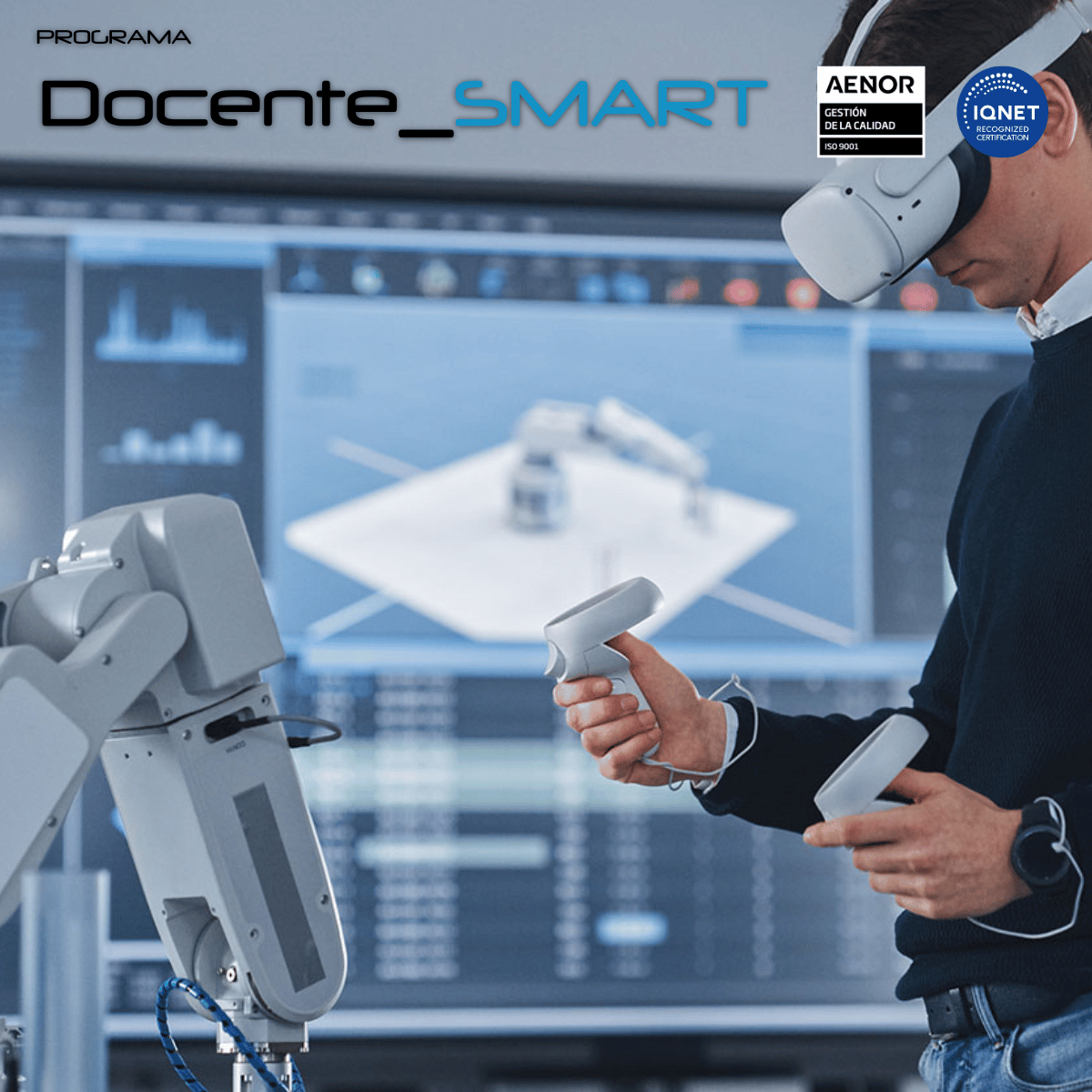


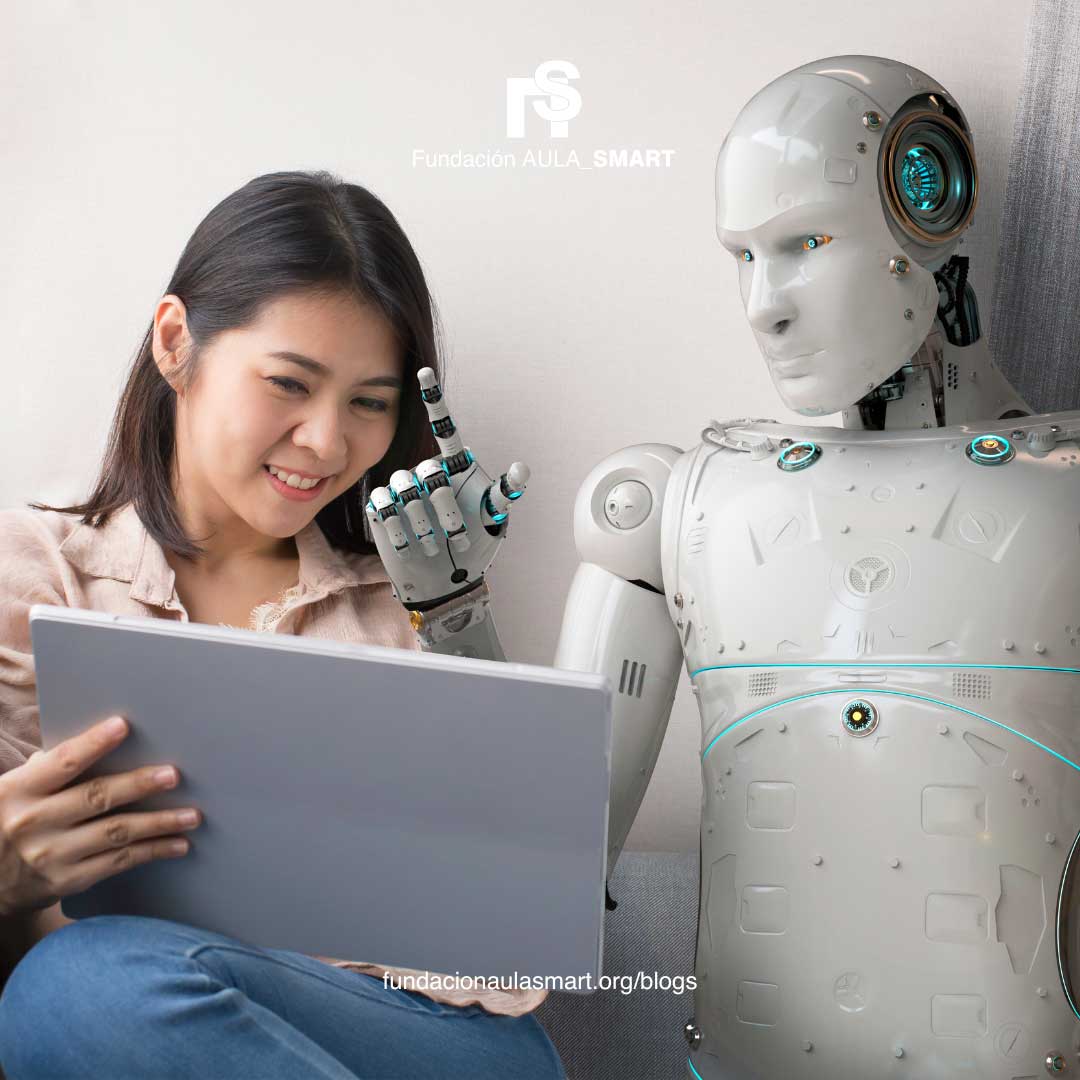


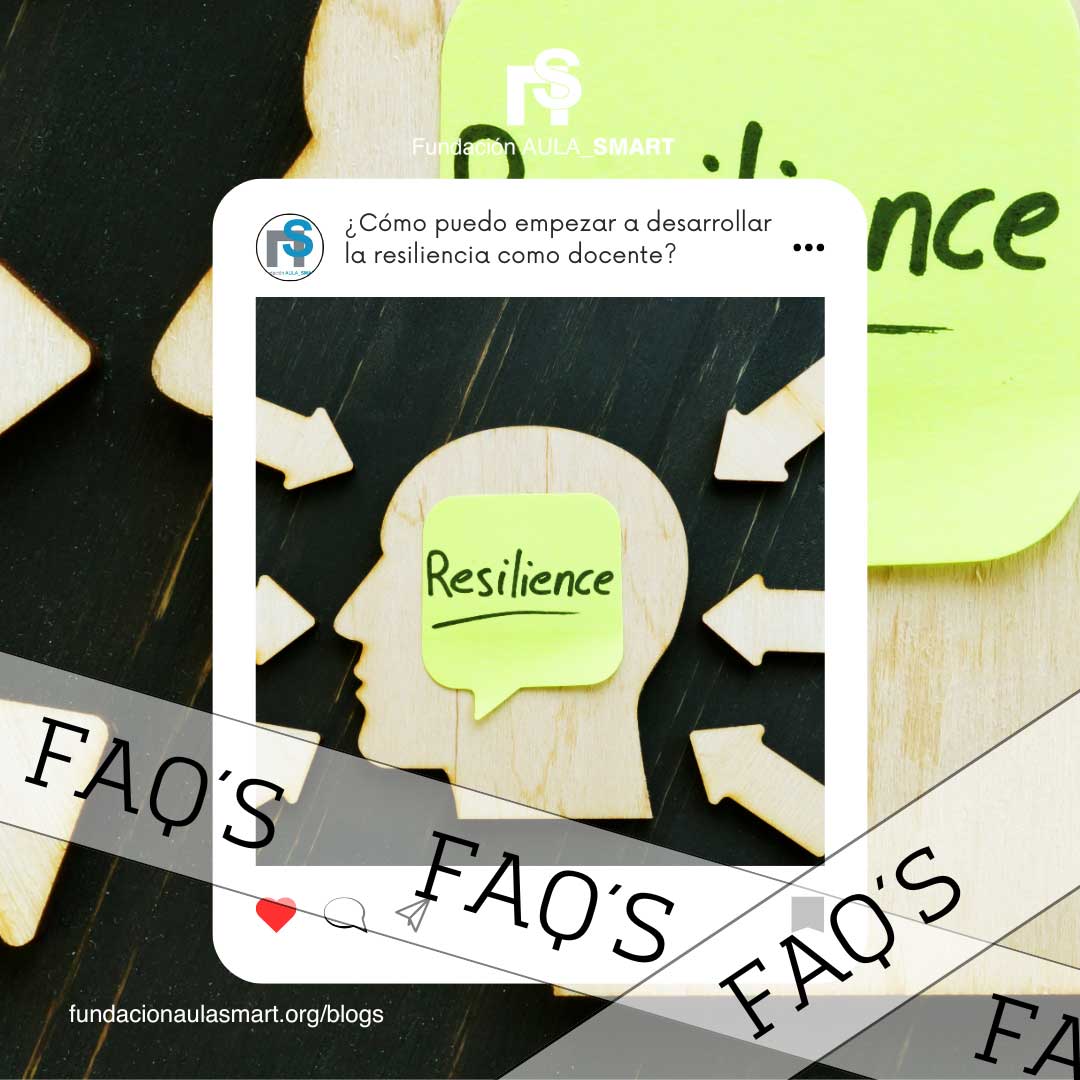
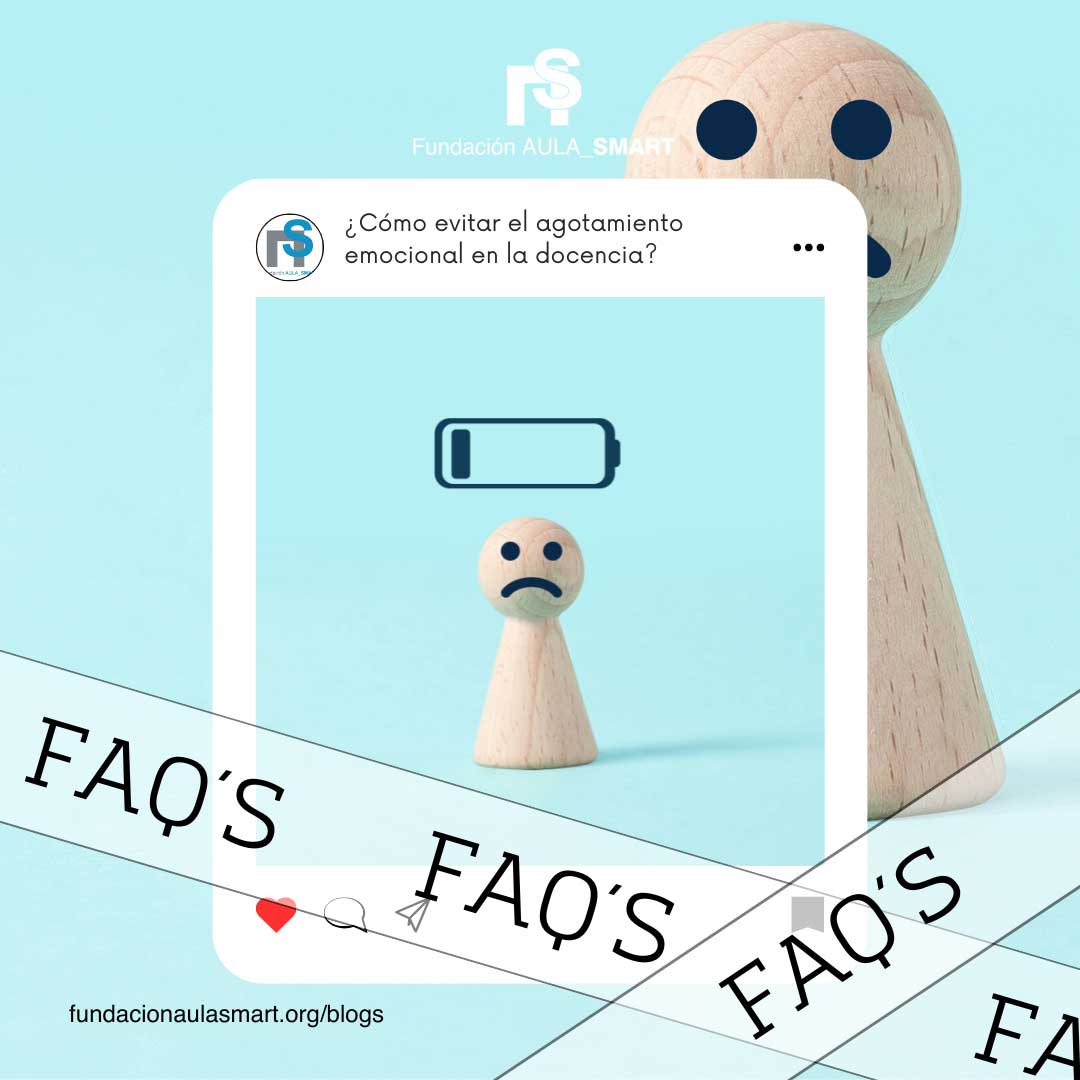

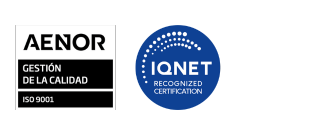



Leave a comment
All comments are moderated before being published.
This site is protected by hCaptcha and the hCaptcha Privacy Policy and Terms of Service apply.